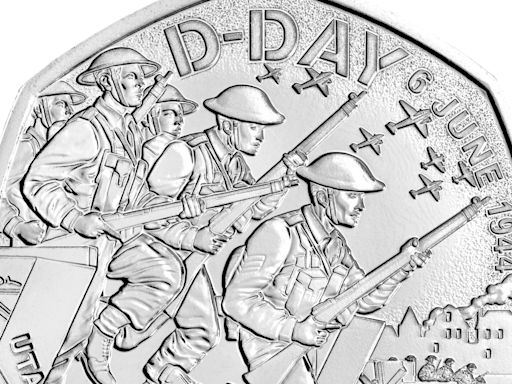Search results
People also ask
What happened in the Normandy invasion of June 6 1944?
When did the D-Day invasion start?
How did D-Day start?
What is a documentary about D-Day?
Oct 27, 2009 · On June 6, 1944, more than 156,000 American, British and Canadian troops stormed 50 miles of Normandy's fiercely defended beaches in northern France in an operation that proved to be a...
Jun 6, 2023 · Air efforts began early in the morning on June 6, 1944 – but American troops landed at 6:30 a.m. on Omaha Beach and soon Utah Beach, according to the D-Day Story, a museum in...
- CBS News
- 3 min
The Normandy Invasion was the Allied invasion of western Europe during World War II. It was launched on June 6, 1944 (D-Day), with the simultaneous landing of U.S., British, and Canadian forces on five separate beachheads in Normandy, France. The success of the landings would play a key role in the defeat of the Nazi’s Third Reich.
The Normandy landings were the landing operations and associated airborne operations on Tuesday, 6 June 1944 of the Allied invasion of Normandy in Operation Overlord during World War II. Codenamed Operation Neptune and often referred to as D-Day, it is the largest seaborne invasion in history.
- 6 June 1944
- Five Allied beachheads established in Normandy
- Allied victory
D-Day, 6th June 1944: The Official Story: Directed by John Doukas. With Queen Elizabeth II, Harry Secombe, Omar N. Bradley, Neville Chamberlain. Documentary, composed of archive material about the preparations and execution of the landing of Allied troops in Normandy.
Feb 7, 2006 · The 1944 Battle of Normandy — from the D-Day landings on 6 June through to the encirclement of the German army at Falaise on 21 August — was one of the pivotal events of the Second World War and the scene of some of Canada's greatest feats of arms.



